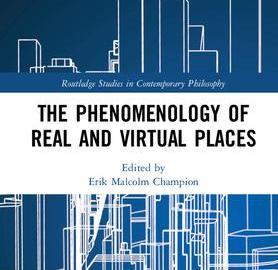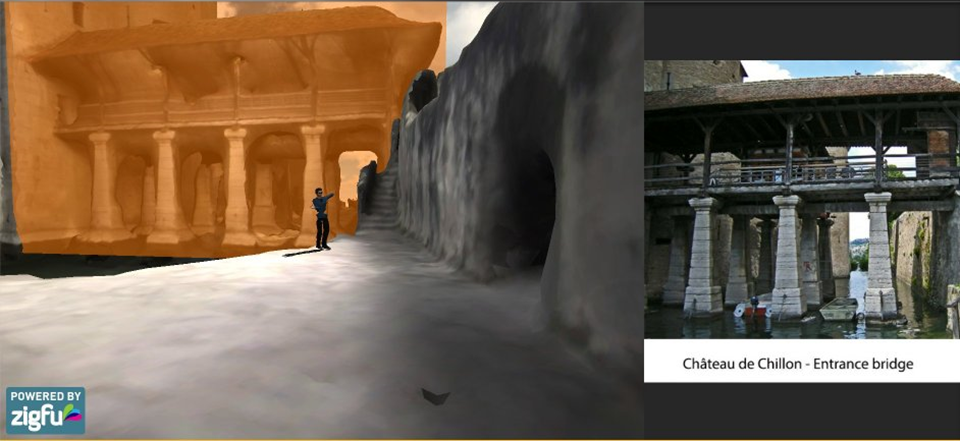February 17-18, 2020, The CREASE
University of South Australia, Kaurna Building Level 2, City West Campus
This workshop will explore examples of how the application of digital technologies in the humanities, built environment, creative arts and design are affecting how heritage environments are studied, preserved, shared and celebrated. The advent of technologies such as LIDAR (Laser scanning of natural and built environments), Virtual and Augmented Reality and immersive interactive environments, in areas such as site data collection, site visualisation and heritage exhibitions, are transforming how we study heritage environments and experience them both in situ and elsewhere. These changes have implications in diverse domains, including archaeology, anthropology, museology, tourism, architecture, restoration and education.
Program
Day 1 Monday February 17, 2020
13:00 Welcome to Country
A/Prof. Jane Lawrence, Head: School of Art, Architecture and Design
13:15 Introduction to the day, Prof. Simon Biggs
13:30 Keynote: Prof. Erik Champion, Curtin University, Perth (Chair: Prof. Ning Gu)
Prof. Champion is UNESCO Chair of Cultural Heritage and Visualisation, and Professor of Media Culture and Creative Arts, in the Humanities Faculty of Curtin University, Perth, Western Australia.
14:45 Q&A
15:00 coffee and networking – Catered by Folk Lore
15:30 Burra Digital Heritage Project: Dr. Julie Nichols and Darren Fong
16:30 Discussion
17:00 Drinks at West Oak Hotel
Day 2 Tuesday February 18, 2020
09:00 coffee and networking – Catered by Folk Lore
09:30 Presentation 1 – Dr. Aida Eslami Afrooz – Time Layered Cultural Map project
10:15 Presentation 2 – CAD Walk – immersive environments for heritage simulation
11:30 Presentation 3 – Dr. Gun Lee – Augmented Reality in Outdoor Experience
12:15 Discussion
12:30 Lunch – Catered by Folk Lore
13:30 Presentation 4 – Sahar Soltani – The HYVE (in the HYVE)
14:15 Presentation 5 – Ben Keane and Alex Degaris Boot – AR for Heritage (in CCS)
15:00 coffee and networking
15:30 Discussion
16:00 end.


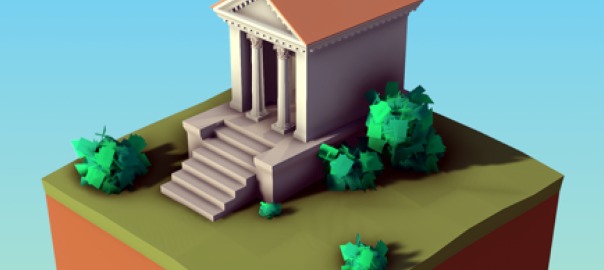


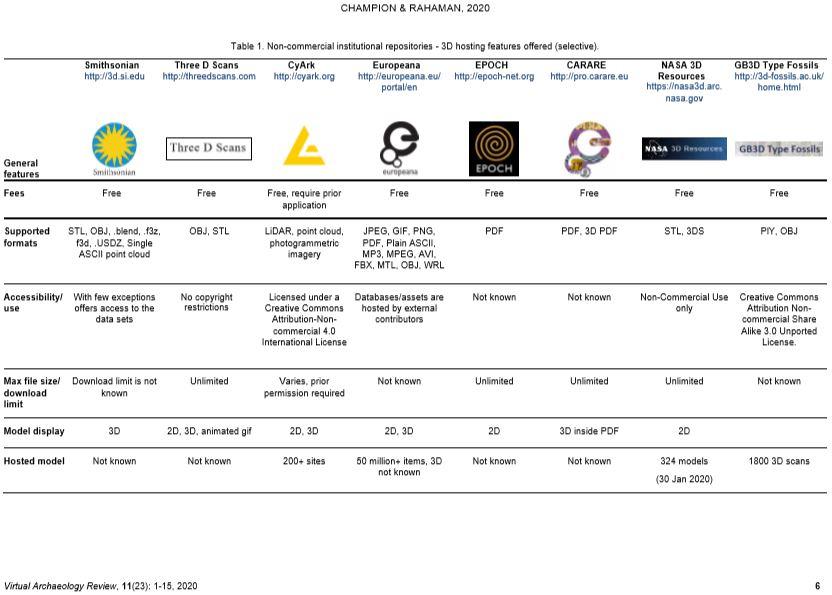

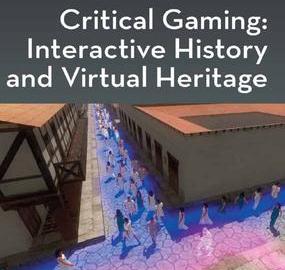

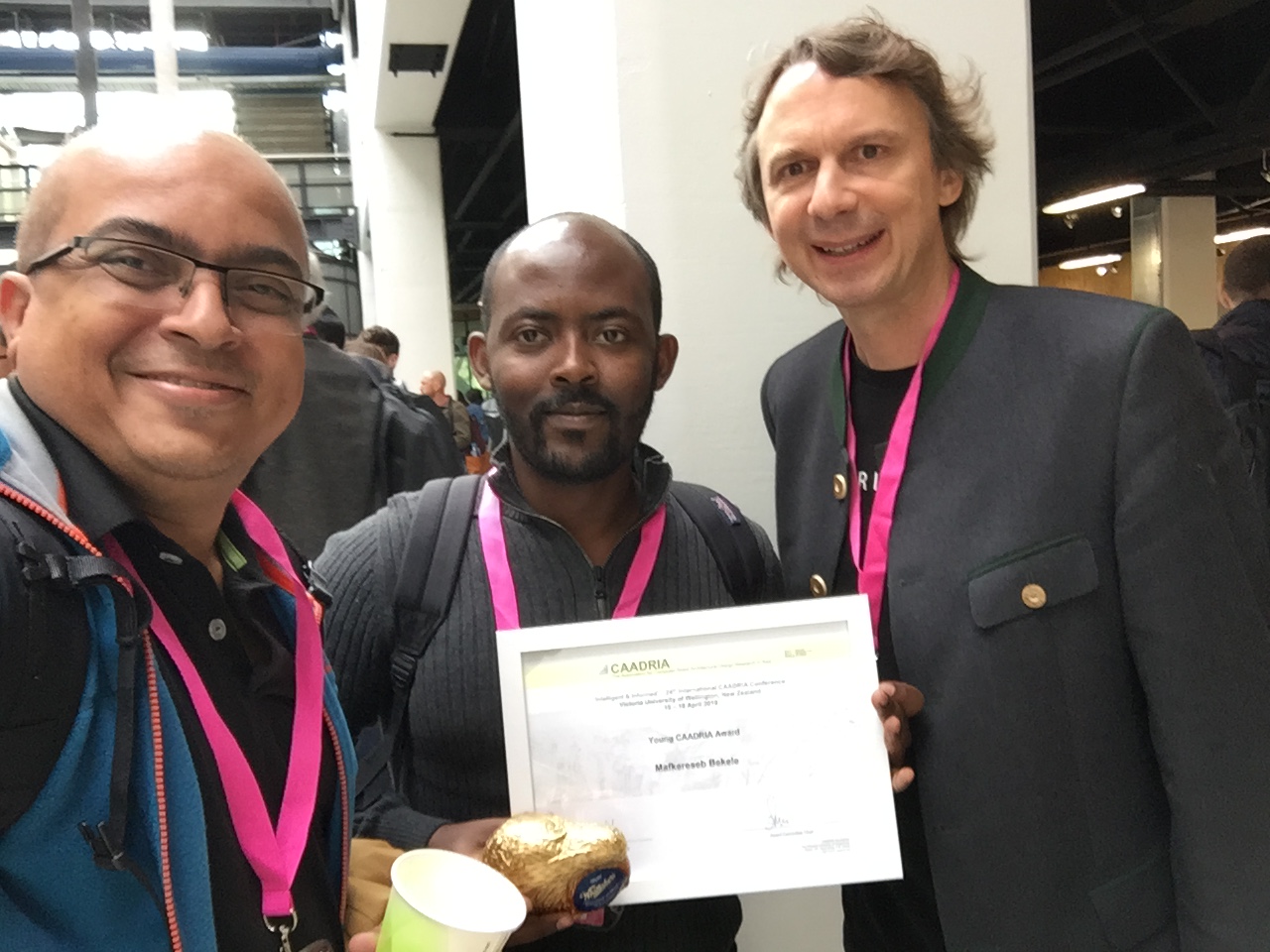

 So it is real, this is a photo from my office table.
So it is real, this is a photo from my office table.